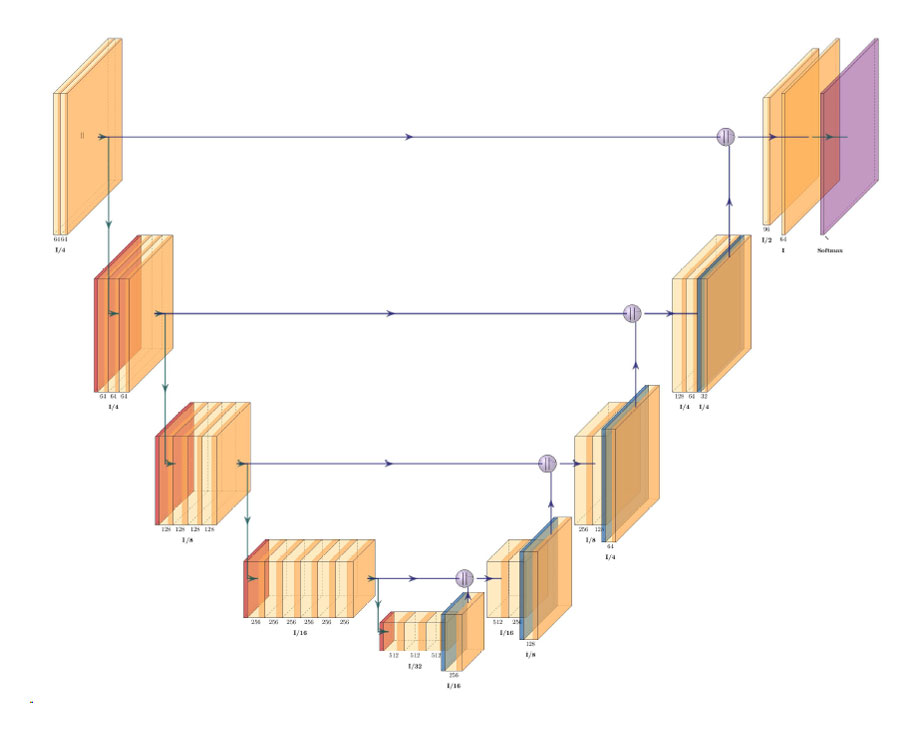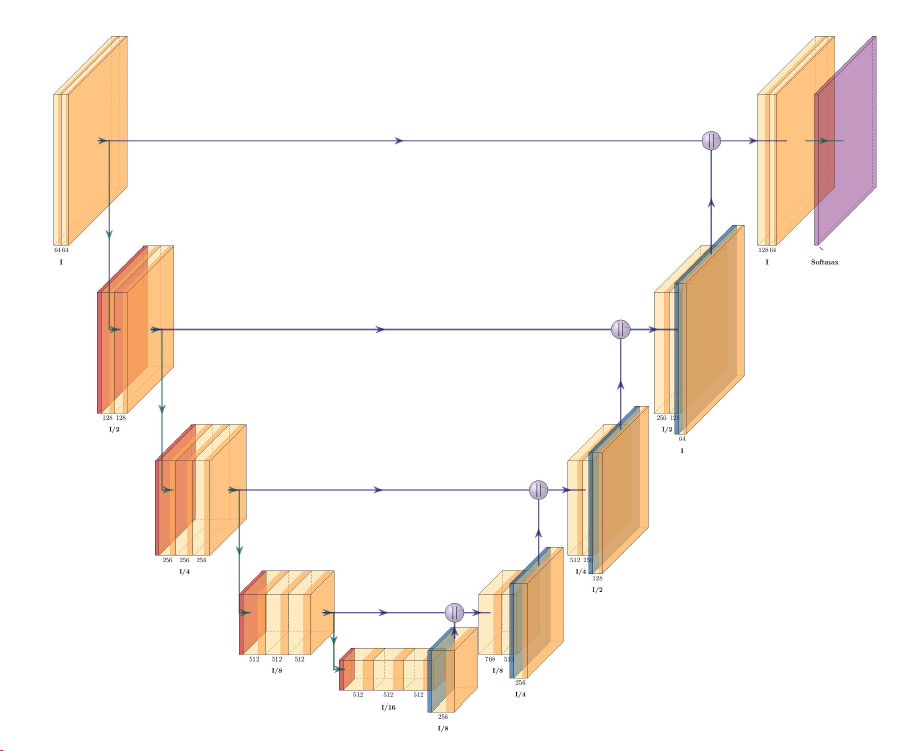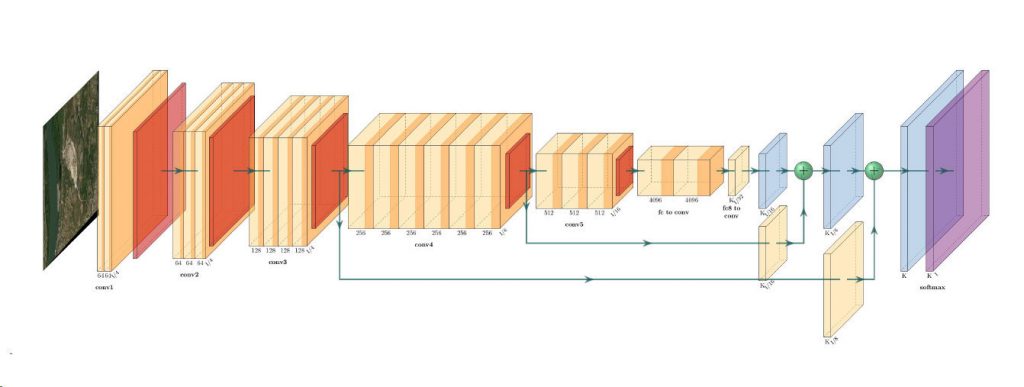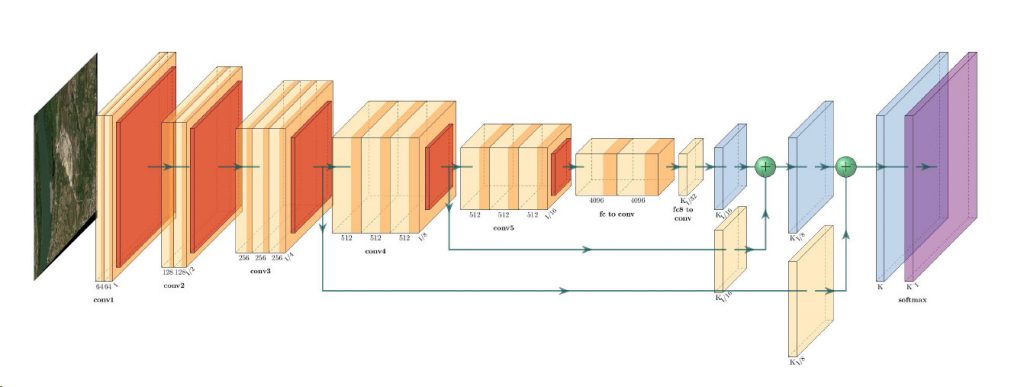QuickBird De-Orbited
- European Space Imaging
European Space Imaging announced today that on Tuesday 27 January 2015, after 13 years of excellent performance, QuickBird approached its end of mission smoothly and, according to the National Oceanic and Atmospheric Administration (NOAA) “re-entered the earths’ atmosphere at 01:59 UTC”.
DigitalGlobe confirms: “QuickBird de-orbited successfully. QuickBird was on orbit for more than 13 years, far exceeding its designed mission life. The satellite made over 70,000 trips around the Earth, contributing substantially to DigitalGlobe’s unmatched imagery catalog, and thus our understanding of our changing planet. Many thanks to our customers and partners for their support of a very successful mission. Imagery from QuickBird — as well as the rest of the DigitalGlobe constellation — can be still purchased from our imagery catalog.”
European Space Imaging will continue providing QuickBird imagery from their archive as well as taking new collection orders from the sibling satellites in the DigitalGlobe constellation.
Related Stories
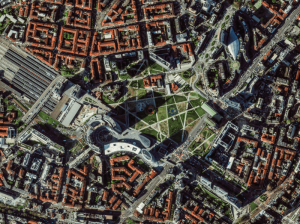
Europe’s Green and Digital Transformations with 25 Years of VHR Satellite Archive Data
Planning Europe’s future without knowing its past is impossible. The European Green Deal, Horizon Europe, the EU Biodiversity Strategy for 2030 and other policies all demand one thing: evidence. Not just today’s data, but years of history that show how our cities, forests, and coastlines have changed.
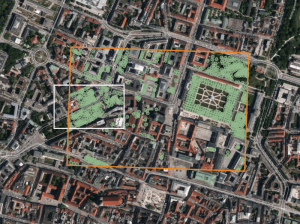
AI Uses 15 cm Satellite Images to Cut Costs and Increase Scalability in Forest Management and Urban Forestry
Forest managers across Europe face an impossible task: monitor millions of hectares with shrinking budgets while meeting increasingly strict EU environmental targets. But with the rise of AI and satellite technology, they now have new solutions at their disposal – smarter, cheaper, and more scalable – to monitor forest health, automate tree inventories, and plan sustainable logging. In this article, we introduce one of these solutions: an AI forestry algorithm developed by Arboair using 15 cm satellite data from EUSI.

GEOSeries: Extracting Insights From High Resolution SAR Imagery for Time-Sensitive Analysis
In this webinar, industry experts and advanced users of Umbra SAR data showcase how they transform SAR imagery into actionable insights in real-world mapping, monitoring and intelligence applications. See how NV5 and Umbra leverage ENVI SAR Essentials for advanced processing with time-efficient results, converting analytics into valuable intelligence.
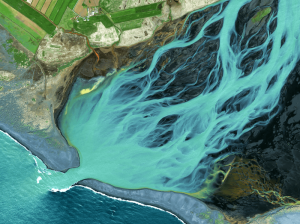
Using Satellite Imagery to Build Water Resilience Across Europe
Water across Europe is facing severe pressure. Climate change, urbanisation, agricultural demands and other sources of pollution are threatening water security and creating critical challenges that need to be addressed. We have to act quickly, build stronger systems and create sustainable water resilience practices – so that both natural ecosystems and human communities can thrive. Here is how satellite imagery from EUSI can help.


